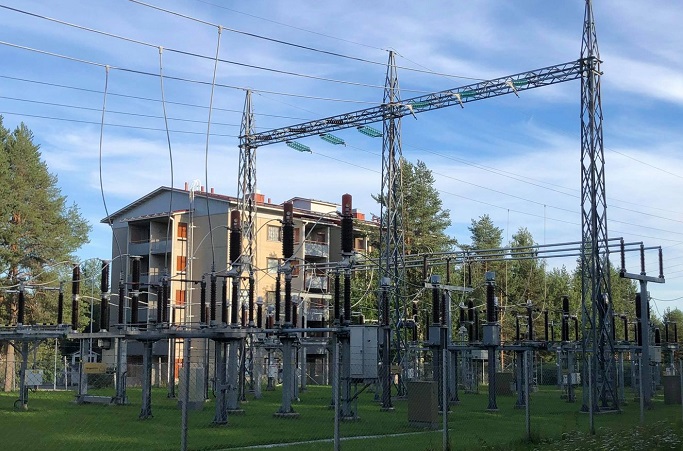Energy consumption grows by 3% in Jan-Sep
Published : 20 Dec 2021, 23:07
The total energy consumption in the country in January to September amounted to 966 petajoule, which was three per cent more than in the corresponding period in the year before, according to Statistics Finland.
Electricity consumption amounted to 62.1 terawatt hours (TWh), which was four per cent more than one year earlier. Carbon dioxide emissions from the use of fuels increased by two per cent year-on-year.
Among energy sources, the growth was biggest for coal, the consumption of which rose by 17 per cent in January to September from the corresponding period of the year before.
The consumption of peat declined most, by 24 per cent. The consumption of natural gas declined but was still eight per cent higher in January to September than one year earlier.
In the third quarter, the consumption of natural gas diminished by 17 per cent. Changes in the price ratios of the fuel market were also visible in the demand for coal and natural gas in the third quarter.
In January to September, production of nuclear power decreased by one per cent year-on-year. The volumes of combined production and condensate production grew by 5 and 21 per cent. Among renewable electricity production, production of hydro power grew by one per cent and production of wind power decreased by six per cent. Net imports of electricity grew by 17 per cent from the year before and accounted for 21 per cent of total electricity consumption.
In January to September, diverse energy products were imported to Finland to the value of EUR 6.5 billion, which was 33 per cent more than one year earlier. Most energy products were imported from Russia, whose share of the value of imports was 50 per cent.
Energy products were exported from Finland to the value of EUR 2.8 billion. The value of exports increased by 2 per cent compared to January to September of the previous year. Energy products were exported most to OECD countries, which accounted for 65 per cent of the value of exports.


